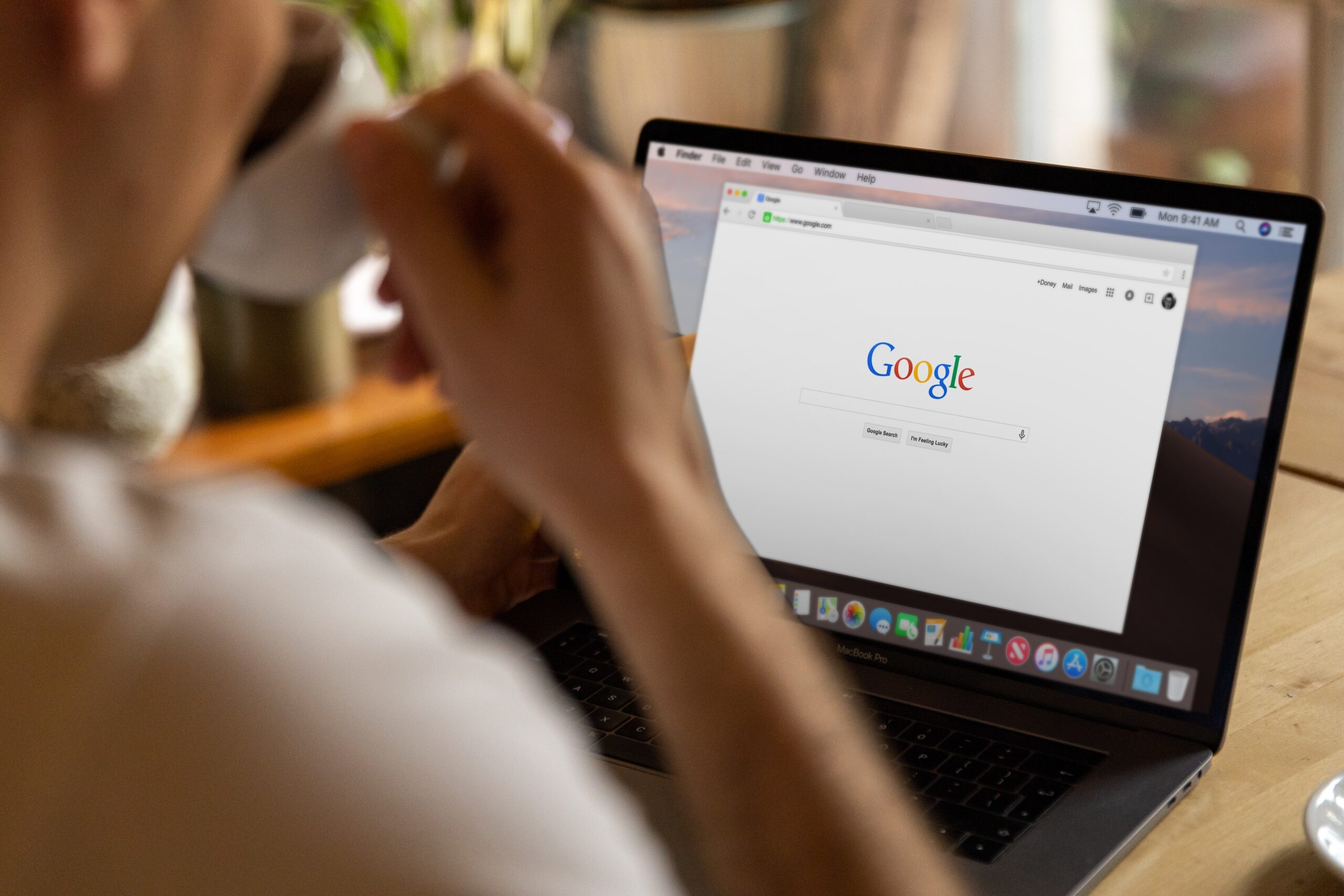Photo by Andrea Piacquadio from Pexels
When business owners and marketers consider digital advertising, two popular advertising platforms come to mind: Facebook Ads and Google Ads. They have to weigh the pros and cons of both channels most of the time before placing their bets on one. Both are effective, yes, but which one fits a business’s needs, target audience and, more importantly, its budget?
And the answer is often, it depends. Each platform offers unique benefits to businesses. In fact, they can work alongside each other and deliver great success.
Google Ads versus Facebook Ads: How They Work
Let’s make it clear. Some businesses can achieve more success with one platform over the other. Some businesses can also achieve success by investing in both advertising methods. After all, advertising is, most of the time, a trial-and-error process that involves risks.
But to lower these risks, marketers need to understand first how each advertising channel works and how these fit into their business.
Google Ads
Google Ads is commonly referred to as “paid search” while Facebook Ads, “paid social.”
Let’s first talk about paid search. Being the most popular search engine today, Google processes tens of thousands of search queries each second. Any business will not want to miss advertising to this amount of audience. Google Ads, formerly Google AdWords, works by pay-per-click. This means advertisers only pay for their ad every time a user clicks on it.
Facebook Ads
So how does it differ from Facebook Ads? To put it simply, Facebook allows businesses to place their ads all over the social network and shows them only to a targeted audience.
With 2.89 billion active users on the platform, the amount of personal data it collects is massive. This makes it possible to deliver the right type of ad to the right people, even when they’re not searching for it. This is why many marketers find huge success in getting ROI from paid social.
Choosing the Right Advertising Channel
Photo by Firmbee.com from Pexels
Now, the question is: which is better, and where should my business invest in?
Before coming up with an answer, biz owners should first revisit the answer to certain questions. What are my campaign goals? Do I want to get more leads, generate sales, or simply establish brand awareness? Going back to their initial goal will help steer them to the right path.
This is because each platform caters to potential customers with different intents and stages in the buyer’s journey. People making a Google query are more likely to have higher purchase intent than people on Facebook. This means that if you want to get more sales, advertising on Google may be the wiser choice.
But for businesses that want to edge out the competition—build a solid brand and generate conversions—finding a way for both platforms to work to their advantage is the best way to go.
How to Use Google and Facebook Ads for a Successful Online Advertising Campaign
1. Expand Brand Awareness Reach
With many new businesses and startups popping each day, it’s easy for any small business to drown in a sea of competitors. Investing in both Google and Facebook Ads can help counter that.
Google Ads offers various campaign types and placements where marketers can promote their brand, including Search, Display, Shopping, and Video. This allows them to target a broad audience reach using campaigns that meet their specific marketing goal.
To top it all off, Facebook Ads provides businesses wide-ranging placement options, including Instagram, where they can drive brand awareness and reach a ton of prospects. This platform works best in delivering ads to prospects that recall their brands, driving conversions in the long run.
2. Engage More Prospects of All Intent Types
In a way, Facebook and Google’s Display ads have one thing in common. Their users don’t have as much commercial intent as those making a search query. They aren’t actively searching for a product; the product or service is simply shown to them as they’re browsing the platform.
This doesn’t mean Facebook sucks for engaging prospects. In fact, marketers can use Facebook Ads’ Custom and Lookalike Audiences feature to create a large prospect pool that they can retarget on Google Ads.
On the other hand, using Google Ads Search Network allows businesses to observe new and existing prospects and target them across their campaigns. However, business owners may need professional Google advertising help to pinpoint expensive holes in their current strategy to get the most ROI.
3. Integrate Prospects Smoothly into the Marketing Funnel
Photo by Negative Space from Pexels
Both Google and Facebook Ads make it easier for advertisers to easily guide prospects from top to bottom of the marketing funnel.
For Google Ads, marketers can first establish an in-market audience to boost brand awareness. Next comes remarketing this audience via a Display campaign with a brand-centric offer.
Prospects that convert from the Display campaign can then be remarketed with a product-centric offer on a different campaign.
Facebook also has campaign objectives that allow advertisers to categorize their goals according to each step of the marketing funnel: Awareness, Consideration, and Conversion.
4. Gain Quantity and Quality Leads
For example, a budding entrepreneur wants to start a T-shirt business and drive sales quickly. They’ll want to give Google Ads a try since they target better prospects, which are people with real search intent. This means these prospects are more likely to purchase their T-shirts.
However, they can also get a good return on Facebook, given its relatively low cost. With the platform’s lead ads feature, where an in-app lead form opens after a user engages with the ad, prospects don’t end up in a new browser each time. This ups a business’s chances of capturing leads and converting them down the road.
5. Leverage Your Insights
To gauge a campaign’s effectiveness, marketers must analyze metrics and use insights. Google Ads helps advertisers take out the guesswork with ad variations or campaign experiments. These features allow them to set up and test their ads.
Meanwhile, Facebook offers the Experiments tool that lets advertisers launch and analyze tests using experimentation technology. This provides them with valuable advertising insights they can apply in future campaigns. These tests include split testing, brand survey, and campaign budget optimization.
Google and Facebook Ads: Better Together
Different marketers have different preferences, practices, and budgets. But these alone shouldn’t be the basis for their decision. At the end of the day, it will also heavily depend on their business goals (and a lot of trial and error) to help them identify the advertising path and strategy that works best for their business.














